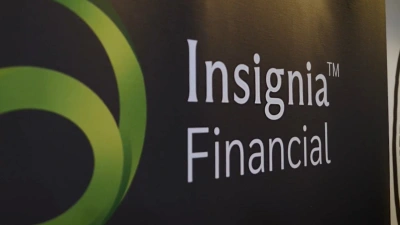Investor risks for the end of 2019



Risks for the end of 2019 are increasing geopolitical instability, weakening macroeonomic momentum and style rotation, according to Martin Currie.
Legg Mason Martin Currie Global Long-Term Unconstrained fund portfolio manager Zehrid Osmani, said in an analysis that trade tensions between the US, China and also Europe, Mexico and Vietnam would be more difficult to predict. He noted the final outcome of Brexit also remained unclear.
On the macroeconomic side, Osmani said that the weakening momentum lead to central banks to back-track on their hawkish intentions or reiterate their dovish stance.
He said while the central banks’ support was welcome for equity markets, it highlighted the fact that the global economic recovery remained fragile, and the strong deflationary undercurrents remained an important risk for investments. Government bond yields would remain very low as result.
“The weaker economic backdrop is likely to put pressure on consensus earnings estimates globally, which some short-term investors will be particularly sensitive to,” he said.
“We think the downward revisions to earnings could actually be quite substantial in some of the more cyclically exposed names.”
On style rotation, Osmani said the valuation spread between quality and value was very extended and had reached historic extremes.
“In the short term, there is a risk of a snapback and rotation out of quality into value,” he said.
“However, we believe that it is very difficult to predict the timing of any style rotation, and such a rotation will be driven in part by monetary policy direction. Indeed, the valuation spread of quality-value has been strongly correlated with bond yields.”
However, Osmani said he did not spend “any time worrying about the short-term style rotation risk” as Legg Mason’s style was anchored in the “quality growth” space.
“But given that the market is going to spend time discussing this at length, we think it is worth highlighting it as an intra-market risk that investors should be aware of.”
Osmani noted his investment process would focus on the careful assessment of the risk-reward in choosing stocks, considered portfolio construction, and constant risk monitoring to ensure the optimal outcome.
Recommended for you
Insignia Financial has reported net inflows of $448 million into its asset management division in the latest quarter, as well as popularity from advisers for its MLC managed accounts.
With ASIC questioning the dominance of research houses when it comes to retail usage of private market funds, a research house has shared how its ranking process sits alongside ASIC’s priorities.
Two Australian active fund managers have been singled out by Morningstar for their ability to achieve consistent performance and share price growth in the past 12 months.
Pinnacle Investment Management has expanded its private market coverage, forging a strategic partnership with a private markets manager via a 13 per cent stake acquisition.











